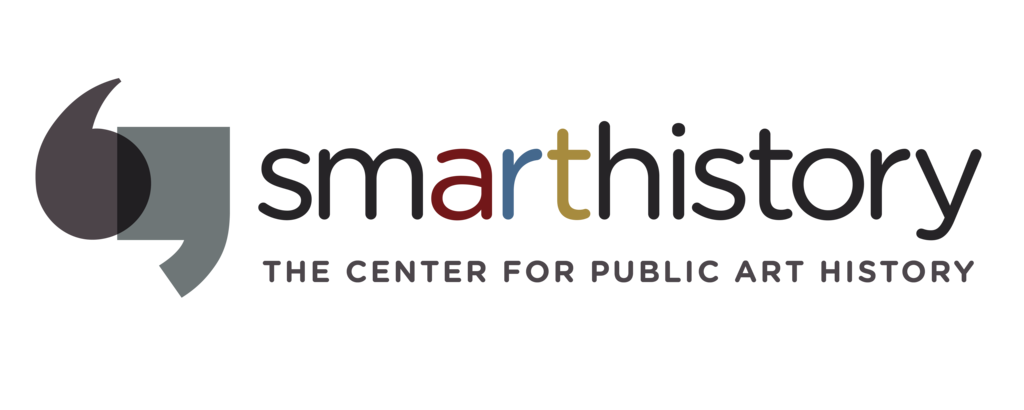Olmec mask, c. 1200–400 B.C.E., jadeite, 4 x 3-3/8 x 1-1/4 inches, found in offering 20 buried c. 1470 C.E. at the Aztec Templo Mayor (Museo del Templo Mayor, Mexico City)
The Olmecs are known as “rubber people,” a name given to the peoples of the Gulf Coast after the Spanish Conquest. We don’t know what they called themselves.
Items buried in offerings included ceramic vessels, stone sculptures, obsidian blades, seashells, greenstone, and objects gathered from earlier locales (like Olmec sites and the city of Teotihuacan). Jadeite was quarried in the Sierra de las Minas in Guatemala, and was imported to the Gulf Coast of Mexico. Items acquired via trade or tribute (by the Aztecs) included feathers, obsidian, jadeite, cotton, cacao, and turquoise.
[0:00] [music]
Dr. Steven Zucker: [0:05] We’re in the Museum of the Templo Mayor, the main Aztec temple in what is now Mexico City, looking at a small greenstone sculpture of a human face. Although this was found buried as a kind of offering in the temple precinct, what we’re looking at is something from a far older culture, older even than the Aztecs.
Dr. Lauren Kilroy-Ewbank: [0:24] This mask actually belonged to the Olmec culture, which started thriving somewhere between 1500 and 1200 B.C.E., more than 1500 years before the Aztecs. The Olmecs were thriving along the Gulf Coast of Mexico, not even central Mexico, where the Aztecs are later building their capital city.
Dr. Steven: [0:45] This is distant both in terms of geography but it’s also really distant in terms of time. For the Aztecs, looking back to the Olmecs is something akin to us in the modern era looking back to the ancient Romans.
Dr. Lauren: [0:58] This mask is not much bigger than the palm of my hand. It’s a traditional Olmec mask and it’s made in this beautiful greenstone. It’s polished. It’s a great example of Olmec features like upturned lips, this almost baby face, almond eyes, the cleft in the head.
[1:15] What’s remarkable is that the Aztecs were actually collecting these objects and then ritually burying them at certain points. This object would have been one of many buried in a specific offering.
Dr. Steven: [1:27] It shows us that the Aztecs had a reverence for the ancient cultures that came before them, that they were thinking historically.
Dr. Lauren: [1:34] That’s true, not only that they were looking to the Olmec, the mother culture of Mesoamerica, but they were also looking to the city of Teotihuacan and its inhabitants, that was flourishing hundreds and hundreds of years before the Aztec.
Dr. Steven: [1:47] That’s the city famous because of its enormous pyramids.
Dr. Lauren: [1:50] It was where the Aztecs thought the fifth era or the sun was born. They called it the City of the Gods, that’s what Teotihuacan means. As we look here around the galleries, we can see other masks that were buried in some of these offerings that were taken from the city of Teotihuacan as well.
Dr. Steven: [2:07] The Aztecs were collecting objects from both central Mexico but also from quite a distance, they were importing materials from what is now the southwest of the United States. They were bringing objects up from the Yucatán. The divisions that we think of in the modern world did not exist in the same way.
Dr. Lauren: [2:22] It’s a great example, not only of their archaizing or their looking to the past, but also these vast trade networks throughout Mesoamerica.
[2:30] [music]

